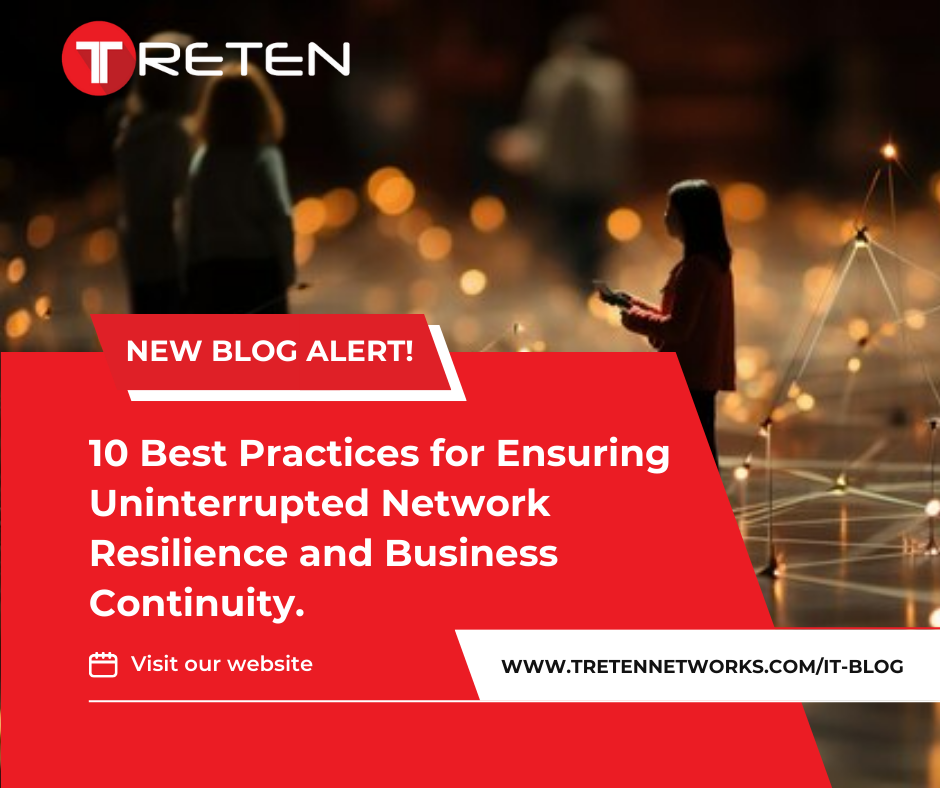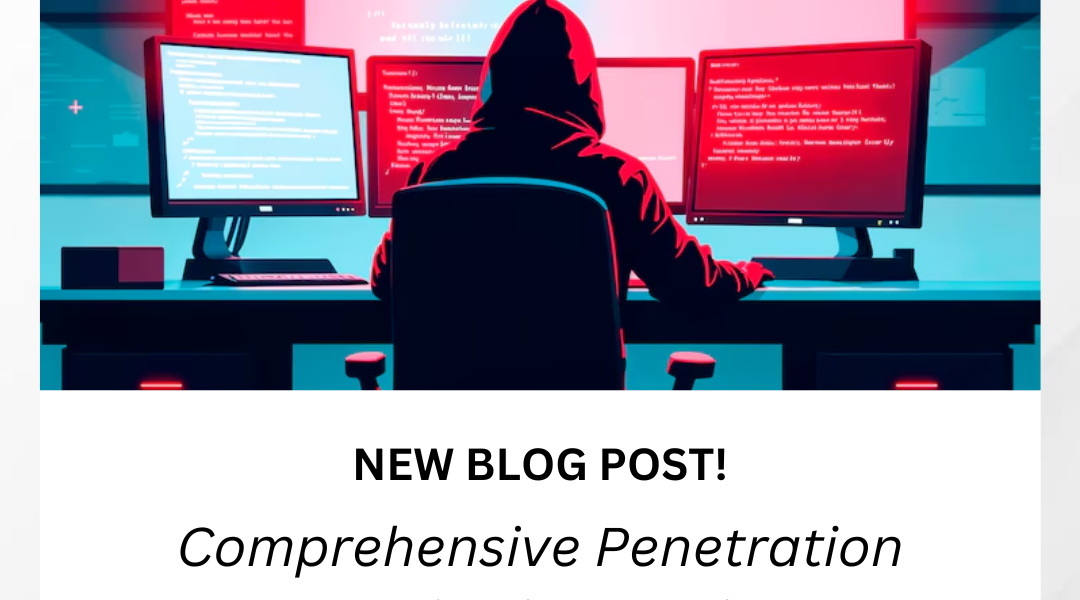10 Best Practices for Ensuring Uninterrupted Network Resilience and Business Continuity
In today’s digital age, network resilience and business continuity are paramount for organizations to maintain operations and avoid significant financial losses. A well-planned and executed strategy can protect your critical infrastructure, minimize downtime, and safeguard your business. Here are 10 best practices to ensure your network remains robust and your business can weather any storm:
1. Regular Network Assessments and Audits
-
Conduct routine audits: Perform regular assessments to identify vulnerabilities, potential threats, and areas for improvement.
-
Analyze network performance: Monitor network performance metrics to optimize efficiency and minimize downtime.
-
Utilize network monitoring tools: Employ advanced tools to gain insights into network behavior and identify anomalies.
2. Redundancy and Failover Mechanisms
-
Implement redundant components: Ensure that critical components, such as servers, switches, and routers, have backups to prevent service disruptions.
-
Configure failover mechanisms: Set up automatic failover procedures to seamlessly switch to backup systems in case of failures.
-
Consider load balancing: Distribute network traffic across multiple servers to improve performance and reduce the risk of overload.
3. Robust Data Backup and Recovery
-
Establish a comprehensive backup strategy: Develop a plan that outlines backup frequency, storage locations, and retention policies.
-
Implement off-site backups: Store backups in a secure location outside of your primary data center to protect against physical disasters.
-
Test backup and recovery procedures: Regularly test your backup and recovery processes to ensure their effectiveness and identify any issues.
4. Disaster Recovery Planning
-
Develop a detailed disaster recovery plan: Create a comprehensive plan outlining procedures for restoring operations in case of a major incident.
-
Identify critical systems and processes: Determine which systems and processes are essential for business continuity.
-
Test the disaster recovery plan: Conduct regular drills to ensure that your team is prepared to execute the plan effectively.
5. Security Best Practices
-
Implement strong security measures: Employ firewalls, intrusion detection systems, encryption, and other security controls to protect your network.
-
Educate employees on security best practices: Train employees on how to recognize and report suspicious activity.
-
Regularly update security software: Keep your security software up-to-date with the latest patches and updates.
6. Patch Management
-
Develop a patch management policy: Establish a process for applying security patches and updates to your systems.
-
Automate the patching process: Use automated tools to streamline the patching process and reduce the risk of human error.
-
Prioritize critical patches: Focus on applying patches that address critical vulnerabilities first.
7. Network Segmentation
-
Divide your network into smaller segments: Create isolated network segments to limit the spread of malware or other threats.
-
Implement access controls: Restrict access to sensitive systems and data to authorized users.
-
Use virtual private networks (VPNs): Securely connect remote users to your network using VPNs.
8. Cloud-Based Solutions
-
Leverage cloud-based services: Consider using cloud-based solutions for increased flexibility, scalability, and disaster recovery.
-
Utilize cloud-based backup and disaster recovery: Explore cloud-based options for data backup and disaster recovery.
-
Consider cloud-based security solutions: Evaluate cloud-based security services to enhance your network protection.
9. Regular Testing and Maintenance
-
Conduct network tests: Perform regular tests to identify and address potential issues.
-
Optimize network performance: Regularly review and optimize network configurations to ensure optimal performance.
-
Perform routine maintenance: Conduct routine maintenance tasks, such as cleaning network equipment and replacing faulty components.
10. Vendor Management
-
Establish strong relationships with vendors: Build partnerships with your network vendors and service providers.
-
Ensure vendor compliance: Require vendors to adhere to your security and compliance standards.
-
Regularly review vendor performance: Evaluate vendor performance and consider alternative providers if necessary.
Below we are going to be talking about the case studies of how Cisco and Zscaler helped different industries fix their problems using thee 10 best practices.
By following these best practices and investing in robust network security measures, you can significantly improve your organization’s resilience and business continuity. Contact us today to discuss how our expert team can help you implement these strategies and protect your network from potential threats.


